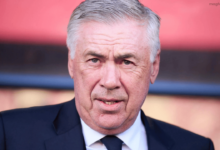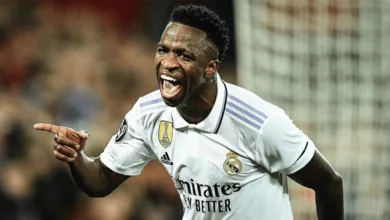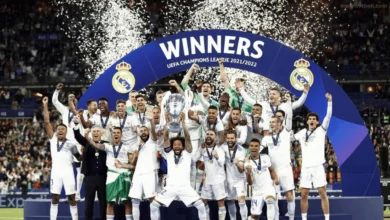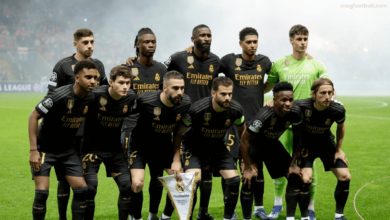The Evolution of Real Madrid’s Dominance: A Look at Their European Legacy
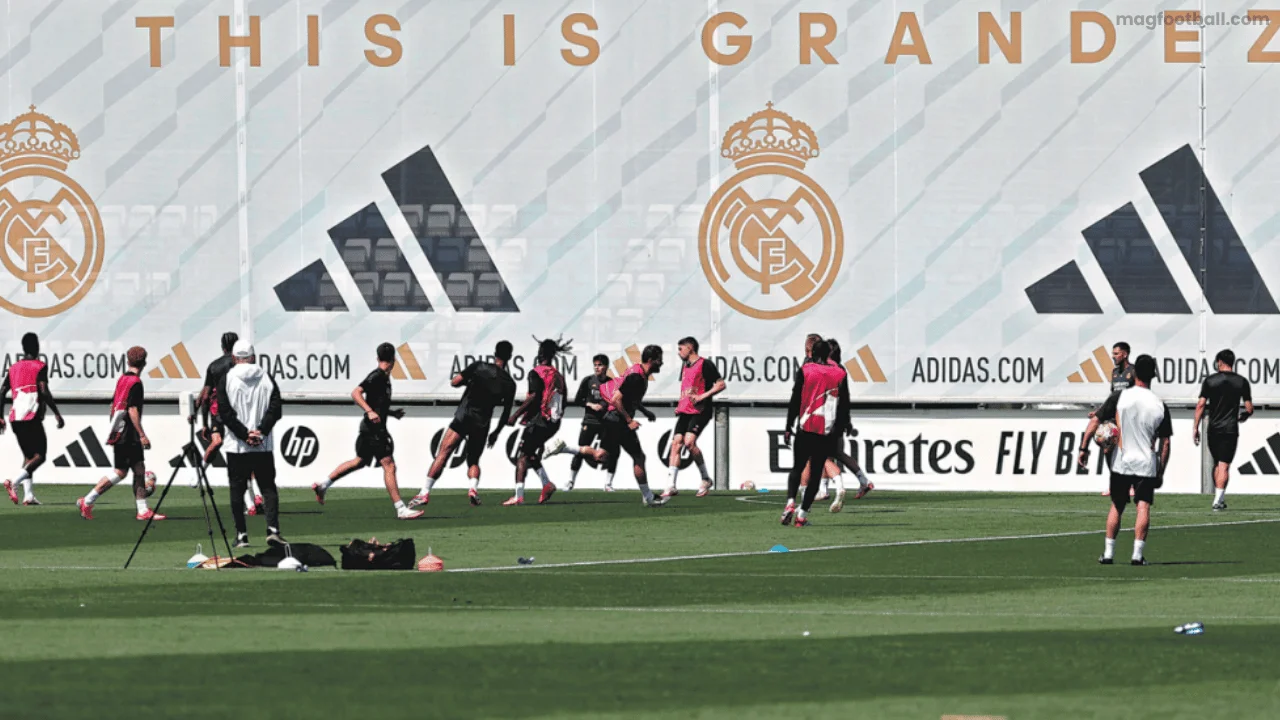
Real Madrid’s journey through European football has been nothing short of legendary. The Spanish giants have set benchmarks that few clubs can match, making them a powerhouse both domestically and internationally. Over the decades, Real Madrid has consistently dominated the European football scene, winning more UEFA Champions League titles than any other club. This article delves deep into the evolution of Real Madrid’s dominance in European football, exploring the key moments, players, tactics, and strategies that have cemented their place as the kings of Europe.
Table of Contents
The Foundation of European Glory
Real Madrid’s European legacy began in 1955, with the creation of the European Cup, now known as the UEFA Champions League. Madrid won the first five consecutive European Cups, between 1956 and 1960, a feat that remains unparalleled to this day. This era, defined by players like Alfredo Di Stefano and Ferenc Puskás, showcased a revolutionary playing style and laid the groundwork for Madrid’s dominance in Europe.
At this point, Real Madrid established itself as the club to beat, with their attacking football and tactical brilliance under the guidance of Miguel Muñoz. Their ability to overwhelm opponents with quick transitions, wing play, and creative midfield control became a hallmark of their strategy. This early success earned them the nickname “The Kings of Europe,” a title that continues to resonate.
Key Moments That Defined Real Madrid’s Dominance
After their initial period of success, Real Madrid faced challenges in replicating their European success in the 1970s and 1980s. However, they never wavered from their mission to dominate European football. The turning point came in the late 1990s and early 2000s when the Galácticos era began under club president Florentino Pérez. During this period, Real Madrid brought in world-class players like Zinedine Zidane, Ronaldo, and Luis Figo, transforming the club into a global footballing empire.
The highlight of this period was the unforgettable 2002 UEFA Champions League final, where Zidane’s stunning volley secured Madrid’s ninth European Cup—La Novena. This moment reasserted Madrid’s place at the pinnacle of European football, and their reputation as a club built for success on the biggest stages was renewed.
Tactical Brilliance: The Key to Success
Tactical evolution has played a crucial role in Real Madrid’s sustained dominance in Europe. Throughout different eras, from Miguel Muñoz to Carlo Ancelotti, Madrid has adapted its style to suit the modern game. The foundation of Madrid’s tactics has always been their ability to transition quickly from defense to attack, maintaining balance between a robust defense and a fluid, creative offense.
During Zinedine Zidane’s managerial reign (2016-2018), Real Madrid adopted a highly flexible tactical approach. This versatility led to an unprecedented three consecutive UEFA Champions League titles—something that had never been achieved in the modern era. Zidane’s team blended disciplined defensive structure, built around players like Sergio Ramos and Raphaël Varane, with a deadly attacking trio of Cristiano Ronaldo, Karim Benzema, and Gareth Bale.
The Role of Key Players
Real Madrid’s success in Europe is also tied to its ability to attract and nurture some of the world’s best football talents. From the early days of Di Stefano and Puskás, to the modern legends like Cristiano Ronaldo, Sergio Ramos, and Luka Modric, Madrid has consistently built teams around generational talents.
Cristiano Ronaldo, in particular, is synonymous with Real Madrid’s modern success. The Portuguese forward is the all-time leading scorer in the Champions League and played an instrumental role in Madrid’s four Champions League victories between 2014 and 2018. His goal-scoring prowess, combined with the leadership of Ramos and the creativity of Modric, ensured that Madrid remained the dominant force in European football.
Florentino Pérez and the Galácticos
Florentino Pérez, arguably the most influential president in Real Madrid’s history, masterminded the club’s modern-day dominance. His Galácticos project, which involved signing the world’s best players, elevated the club’s global status. Pérez’s ambition to create the world’s most successful and marketable football team saw Real Madrid breaking transfer records multiple times.
Under Pérez, Madrid also revamped their commercial strategy, ensuring that the club remained financially dominant. This allowed them to reinvest in world-class talent, continually refreshing the squad to maintain their competitive edge in Europe.
The Future: New Challenges and Opportunities
Looking ahead, Real Madrid is at a crucial juncture. The club is undergoing a significant squad transition, with the departure of key players like Ramos and Ronaldo in recent years. However, Madrid has been investing heavily in young talent, with players like Vinícius Júnior, Rodrygo, and Eduardo Camavinga representing the future of the club.
Under the stewardship of Carlo Ancelotti, Madrid is aiming to blend the experience of veterans like Luka Modric with the youthful energy of their new recruits. This new era presents both challenges and opportunities for Real Madrid, as they look to continue their European legacy in a rapidly evolving football landscape.
Conclusion: The Eternal Kings of Europe
Real Madrid’s dominance in European football is a testament to the club’s enduring excellence, strategic planning, and unrelenting ambition. From their early victories in the 1950s to their recent successes, the club has continually evolved, adapting to new tactical trends and nurturing world-class talent.
Their legacy in European football is unmatched, and with their ongoing investments in youth development and strategic signings, Real Madrid is poised to remain a dominant force for years to come. As the club continues to navigate new challenges, one thing is certain—Real Madrid’s place as the “Kings of Europe” is secure.


